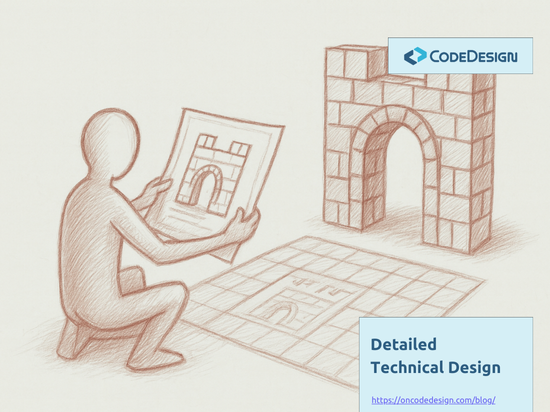Posts tagged with
code design
A collection of 16 posts

Read More
Other Posts
In-company training programs
Courses
Drawing from our extensive project experience, we develop training programs that enhance predictability and reduce the cost of change in software projects.
We focus on building the habits that make developers adopt the industry best practices resulting in a flexible code design.




















